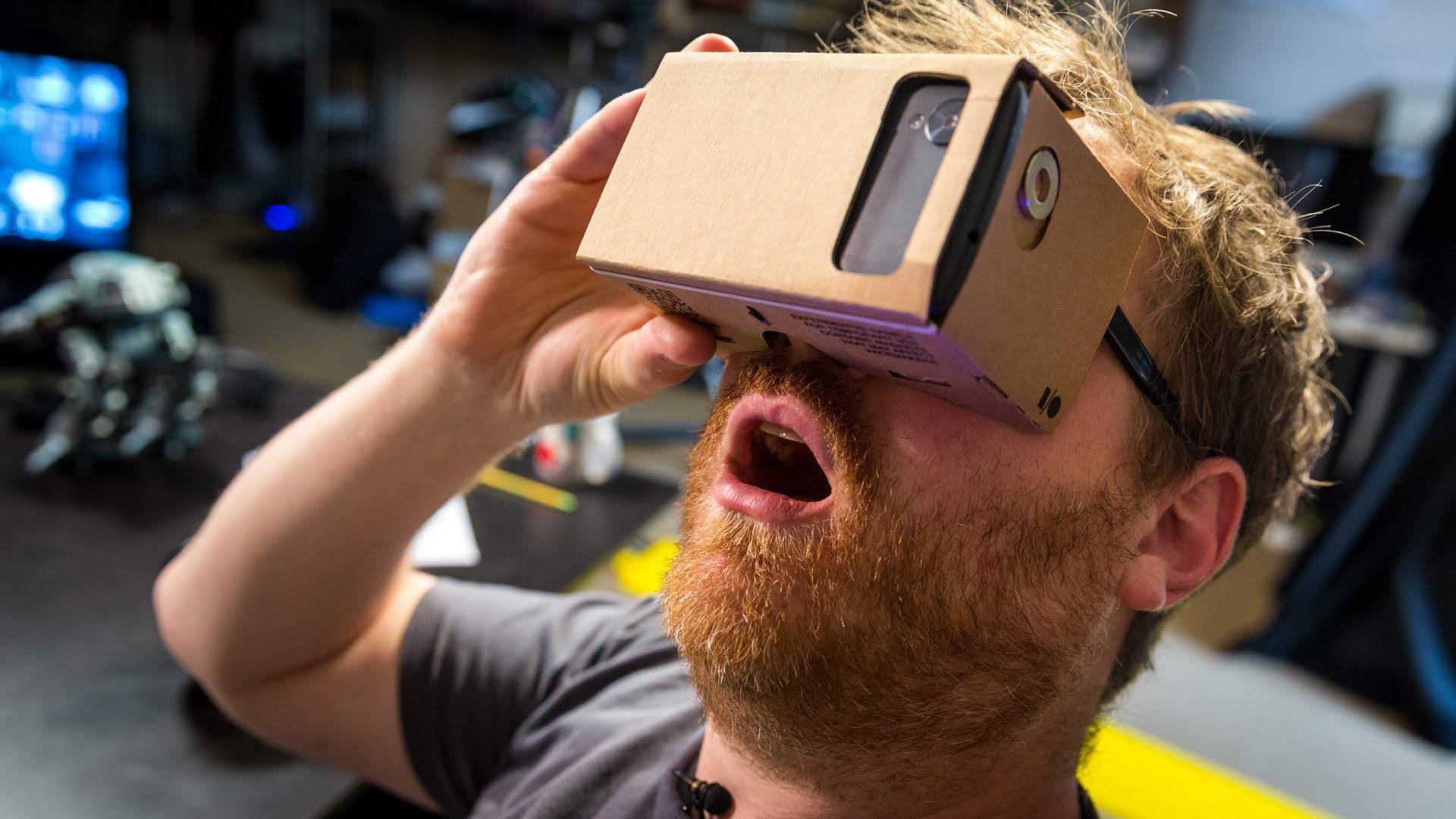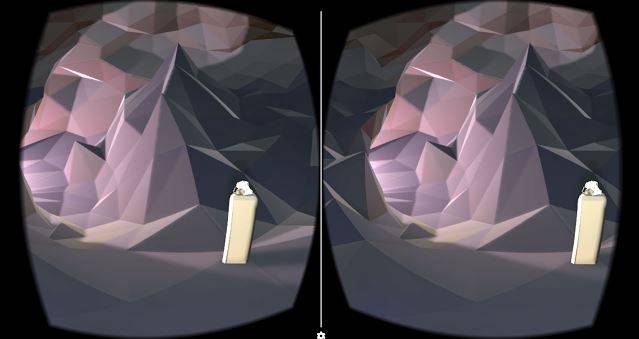
If there’s one thing about the IMAX cinemas that we’ve learned, you can’t have great video and mediocre audio – IMAX cinemas make sure you’re immersed both in great sights and drowned in great sounds. That’s what Google Cardboard is trying to bring to its DIY virtual reality (VR) project, as the Google Cardboard SDK now includes appropriations for developers to use spatial audio.
And just what is spatial audio? Many apps create simple versions of spatial audio – for example, by playing sounds from the left and right in separate speakers. Spatial audio allows developers to integrate sound into their app that produces sound the same way humans actually hear it. For example: sounds that come from the right will reach a user’s left ear with a slight delay, and with fewer high frequency elements (which are normally dampened by the skull).

With a new VR division in Google, we can expect more developments like this in the future. Already, spatial audio is optimized for headsets and devices available in the market today in that the app actually does much of the work. Spatial audio also allows developers to emphasize the fidelity of each sound. This means developers can allocate more processing power to critical sounds, while de-emphasizing others.
The SDK update is out today, and we should see Google Cardboard apps using this feature pretty soon. It will be exciting to know that even with such a basic VR headset like Cardboard, you can still have an immersive VR experience.
SOURCE: Google









